Foreign copies of the Soviet C-75 air defense system (part of 2)
The HQ-2 anti-aircraft missiles initially differed little from the missiles used in the HQ-1, and generally repeated the Soviet B-750 SAM, but the GJ Sling GJ Sling created in China had significant external and hardware differences from the Soviet prototype CHP-202. Chinese experts used their own element base and changed the location of the antennas. However, fine-tuning the hardware of the guidance station was greatly delayed. At the beginning of 75's, the Chinese radio-electronic industry lagged far behind not only from Western countries, but also from the USSR, which in turn had a negative effect on the noise immunity and reliability of the first stations of the SJ-70 type.
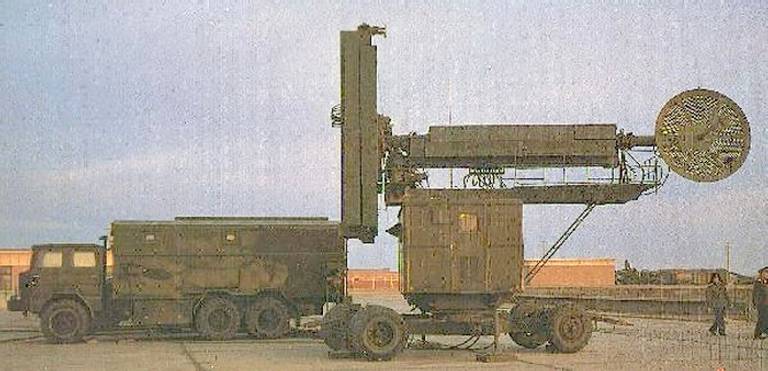
Simultaneously with the adjustment to the required level of reliability of the guidance equipment, the capacity of the missile tanks was increased, which gave an increase in the launch range. The theft of advanced Soviet missiles delivered to Vietnam through the territory of the PRC allowed the Chinese specialists to create a more reliable radio-fuse and a new warhead with an increased probability of hitting the target.
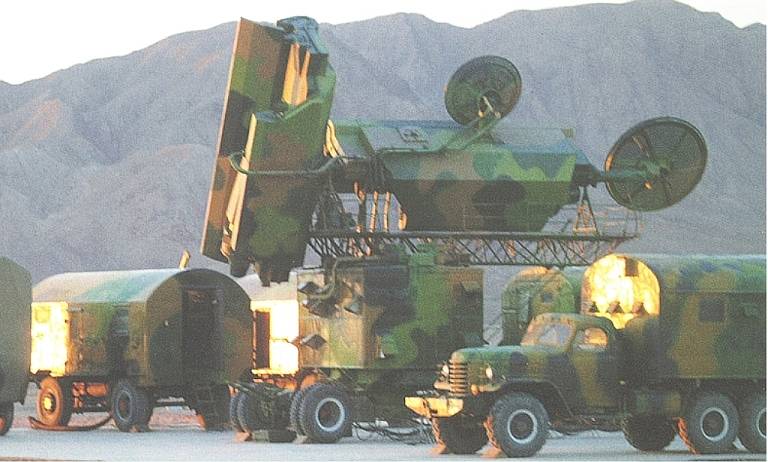
According to data obtained by American intelligence, until the second half of the 70's, the combat capability of the anti-aircraft missile battalions in the PLA air defense units was low. Approximately 20-25% of the HQ-2 ADMS had technical problems that prevented them from carrying out a combat mission. The low level of preparation for Chinese calculations and the general decline in the production culture and technological level that occurred in the PRC after the Cultural Revolution had a negative effect on the combat readiness of the air defense forces. In addition, there were very serious problems with the creation of a stock of anti-aircraft missiles in the troops. The Chinese industry with high voltage forces ensured the supply of the minimum required amount of missiles, while the quality of production was very low, and missiles were often refused after launch.
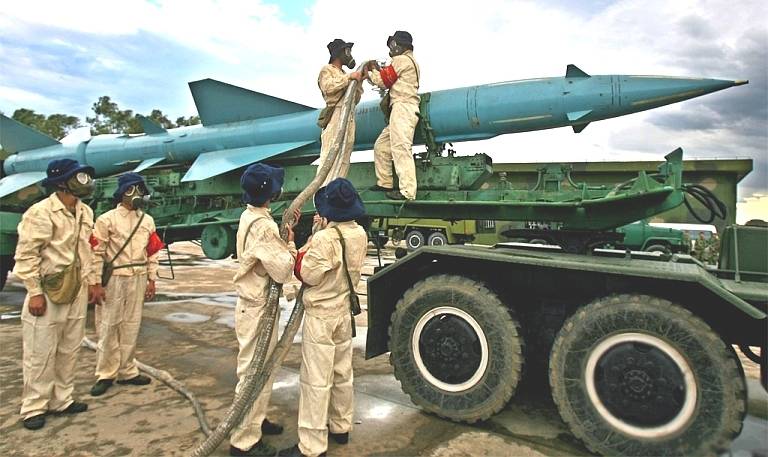
Since missiles often had leaks of fuel and an oxidizer, in order to avoid emergencies that could lead to the destruction of expensive equipment and the destruction of calculations, the PLA’s air defense command issued an order to conduct combat duty with a minimum amount of missiles at the launcher, and to thoroughly check them. It was possible to increase technical reliability in the HQ-2A modification, the production of which began in the 1978 year.
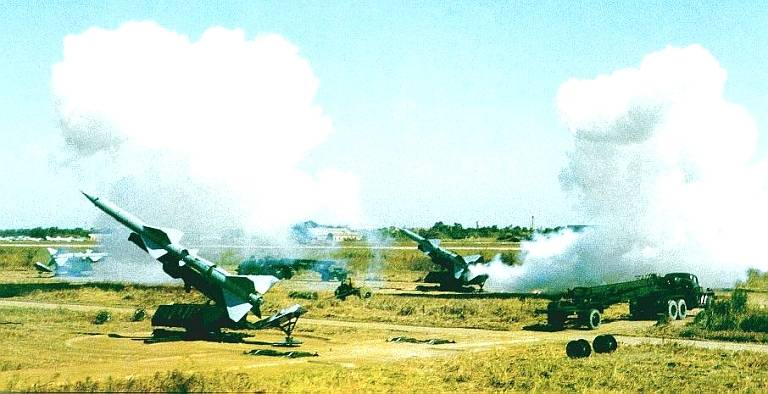
The maximum range of destruction of air targets on this model was 34 km, the altitude was able to bring to 27 km. The minimum launch range has been reduced from 12 to 8 km. The speed of missiles - 1200 m / s. The maximum speed of the target is 1100 m / s. The probability of hitting one missile is about 70%.
After the creation of the HQ-2 air defense system, the developers frankly stalled. Of course, there were certain reserves in terms of improving the reliability of all elements of the complex, and Chinese specialists had a vision of how to improve the flight characteristics of the rocket. At the same time, its own scientific school was just emerging in the PRC, and there was no necessary base for basic research and technological developments. The rupture of military-technical cooperation with the USSR led to a slowdown in the rate of development of new types of high-tech weapons, and the improvement of the Chinese air defense systems was continued by stealing Soviet secrets.
Unlike North Vietnam, Syria and Egypt in the second half of the 60's early 70's were supplied with the most advanced air defense equipment. Thus, Egypt became the recipient of quite modern modifications of the C-75 family. In addition to the 10-cm of the CA-75М “Dvina” complexes, this country before 1973 was transferred: 32 СРК X-NNXX Desna and 75 СРК С-8М Volga, as well as more 75 anti-aircraft missiles (including 2700 B-missiles -344).
After the Egyptian President Anwar Sadat decided to make peace with Israel and headed for rapprochement with the United States, all Soviet military advisers were expelled from Egypt. Under these conditions, Chinese intelligence was able to find approaches to the Egyptian leadership, and a number of samples of the latest Soviet-made military equipment and weapons were exported to the PRC. Thus, a fairly fresh export version of the C-75M air defense missile system with B-755 extended-range missiles became a source of inspiration for Chinese specialists in creating new HQ-2 variants.
Due to spoiled relations, the Soviet Union ceased cooperation with Egypt in the field of defense. Since the development of the air defense resource complex at the beginning of the 80-s sharply faced the problem of their maintenance, repair and modernization, this prompted the Egyptians to begin independent research in this direction. The main purpose of the work was the extension of the service life and the modernization of the V-750BN (13D) anti-aircraft missiles that had served their warranty periods. With Chinese technical and financial support near Cairo, an enterprise was established on the basis of workshops for the repair and maintenance of air defense equipment built by the USSR, where a ZER and other elements of the air defense missile system were being repaired. In the second half of the 80-s in Egypt began its own assembly of anti-aircraft missiles, with some key elements: control equipment, radio shakers and engines were supplied from China.
After the specialists of the French company "Tomson-CSF" joined the modernization program, part of the equipment of the Egyptian air defense missile systems was transferred to a new solid-state element base. The modernized version of the Egyptian “seventy-fifths” received the oriental poetic name - “Tair Al-Sabah” (“Morning Bird”).
Satellite image Goole Earth: the position of the Egyptian air defense system C-75 in the vicinity of Ismailia
At the moment, about two dozen C-75 are deployed in positions in Egypt. The main part of the medium-range air defense system modernized by means of the PRC and France is located along the Suez Canal and protects Cairo. All Egyptian C-75 air defense systems are based on well-prepared and well-fortified stationary positions. Their control cabins, diesel generators, transport-charging vehicles with spare rockets and auxiliary equipment are covered under a thick layer of concrete and sand. On the surface there were only tumbled launchers and an antenna post station guidance. Not far from the air defense system there are prepared positions for small-caliber anti-aircraft artillery, which should cover the C-75 from strikes from a low altitude. Attention is drawn to the fact that the positions themselves and the access roads to them have been thoroughly cleaned of sand and are in very good condition.
Due to Chinese and French support, Egypt is currently the world's largest operator of modernized Soviet C-75 family complexes. Due to the implementation of a large-scale overhaul program, updating of electronic units and the adjusted production of anti-aircraft missiles, the country of the pyramids still carry the “seventy-fives” combat duty built in the USSR more than 40 years ago.
Satellite image Goole Еarth: reconstructed stationary position north of Suez, C-75 air defense system deployed alongside
However, based on the analysis of satellite images of Egyptian anti-aircraft complexes made in previous years and in the 2018 year, it is clear that the C-75 air defense systems are gradually being removed from service. At the same time, the former positions, where the seventy-fives were on duty for a long period of time, are undergoing a major overhaul and are expanding, and the anti-aircraft missile battalion technology previously based here is often deployed in a “clean field” nearby. Based on all this, it can be assumed that in the near future it is planned to deploy long-range anti-aircraft missile systems with large self-propelled launchers, in size corresponding to the Russian C-400 or Chinese HQ-9.
The mutually beneficial military cooperation with Egypt provided an opportunity to familiarize themselves with the original Soviet modifications of the C-75, previously unknown to Chinese specialists, which gave a new impetus to the improvement of Chinese anti-aircraft complexes. HQ-2 has been upgraded in several directions. In addition to improving noise immunity and increasing the probability of hitting the target, at the beginning of 70-s, based on existing developments, an attempt was made to create a complex with a firing range of more than 100 km and to give it anti-missile capabilities. The new air defense system, based on the HQ-2, received the designation HQ-3, but could not successfully complete work on it.
The Chinese designers went by using the available components and assemblies of the rocket, with a significant increase in the capacity of the fuel and oxidizer tanks and the use of a more powerful first booster stage. The range of tracking and guiding missiles at the target was increased by increasing the power of the emitted signal and changing the operating mode of the SNR equipment.
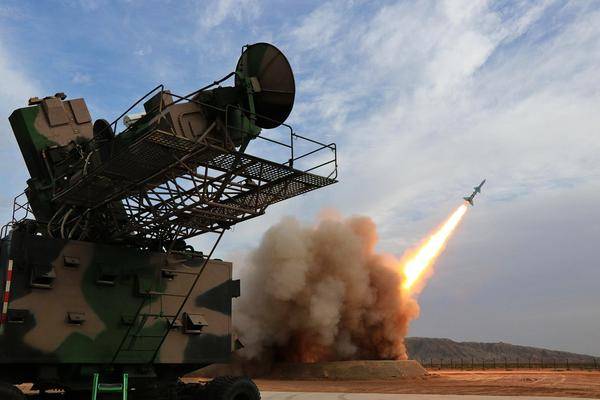
During test launches, the experimental rocket demonstrated a range of controlled flight of more than 100 km. However, due to the increased mass and size, the new missile defense system compared to the HQ-2 had much worse maneuverability. In addition, at a distance of more than 50 km, the former radio command guidance system gave too large an error, which sharply reduced the accuracy of the guidance. The new missile was capable of hitting targets at altitudes over 30 km, but this was not enough to fight ballistic missiles. In addition, the probability of destroying the combat unit of the ICBM fragmentation warhead was very small, and to create a small-sized "special" warhead for installation on a relatively narrow missiles in those years in China did not consider it possible. As a result, the creation of long-range and anti-missile modifications based on HQ-2 was abandoned.
The 1979 Sino-Vietnamese conflict demonstrated that the ground units of the PLA are in dire need of a medium-range mobile air defense system capable of covering troops on the march in and concentration areas. The basic HQ-2 modification turned out to be completely unsuitable for this. Like its Soviet counterpart, the C-75, the Chinese complex had more than two dozen technical units for various purposes and was deployed in engineering-prepared sites.
Although the complex was considered mobile, most of the Chinese air defense systems were on combat duty in a stationary version, at positions well prepared in engineering terms, where there were reinforced concrete shelters and solid rocket transport routes. Under these conditions, the low passability and low speed of movement of rocket tractors and cab conveyors did not matter. But since the armed forces of the PRC did not have medium-range military complexes, the PLA command demanded the creation of a highly mobile air defense system based on the HQ-2. The main way to increase the mobility of the NQ-2B air defense system, adopted in 1986, was the introduction of the WXZ 204 self-propelled launcher, based on the lightweight tank Type 63.
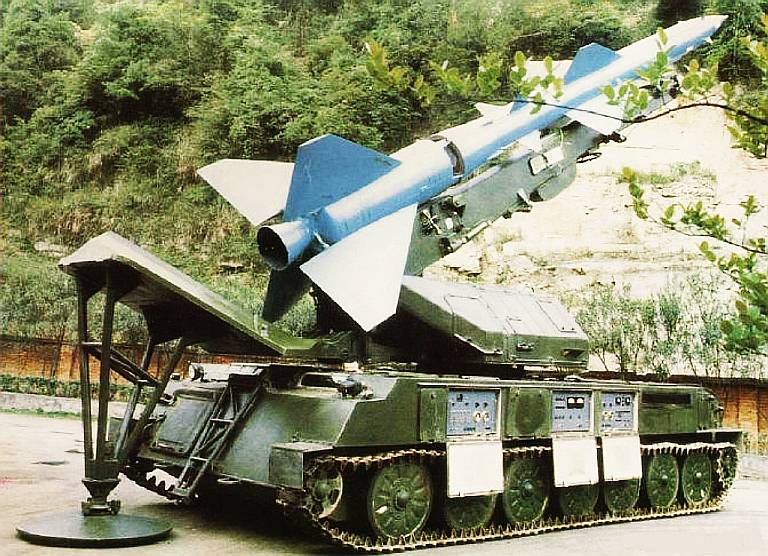
All other elements of the NQ-2B SAM system were towed. For this modification, a more interference-free guidance station and a rocket with a launch range of up to 40 km and a minimum hit area of 7 km were developed. After becoming acquainted with the Soviet B-755 (20D) sourced from Egypt, the new Chinese anti-aircraft missile was equipped with more advanced radio control and radio equipment, autopilot, radio fuse, warhead with ready striking elements, an adjustable thrust liquid-propellant rocket engine and a more powerful starting accelerator. At the same time, the mass of the rocket increased to 2330 kg. The speed of the SAM is 1250 m / s, the maximum speed of the target is 1150 m / s. The launcher on a tracked chassis, with a loaded rocket, weighed about 26 t. The diesel engine could accelerate the car on the highway to 43 km / h, cruising range - to 250 km.
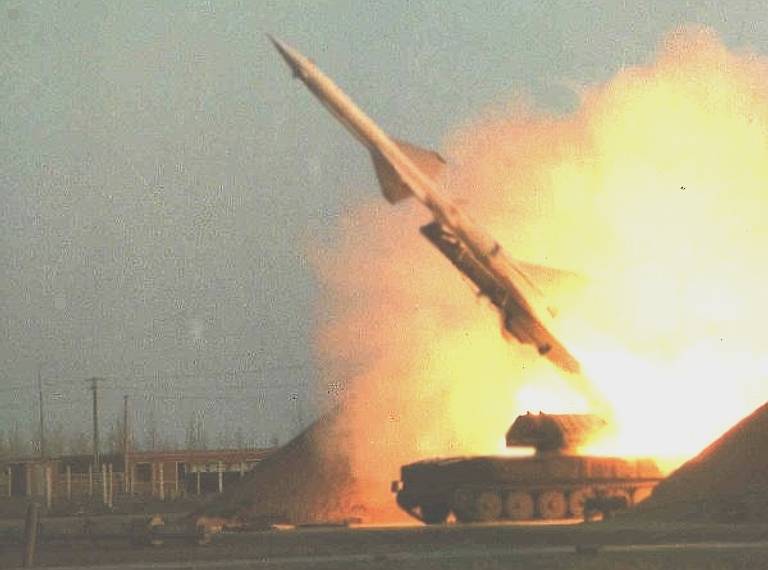
However, it was impossible to move with a fully equipped rocket at high speed and for a considerable distance. As is known, anti-aircraft missiles with liquid propellant rocket engines in the filled state are rather delicate products, which are strongly contraindicated for significant shock-vibration loads. Even minor mechanical effects can lead to loss of tightness of tanks, which is fraught with the saddest consequences for the calculation. Therefore, placing the C-75 missile launcher on a tracked undercarriage is devoid of any special meaning. The presence of self-propelled PU certainly reduces the deployment time somewhat, but the mobility of the complex as a whole does not dramatically increase. As a result, having suffered with self-propelled tracked launchers, the Chinese abandoned the mass production of the HQ-2B SAM system in favor of the HQ-2J, on which all elements were towed.
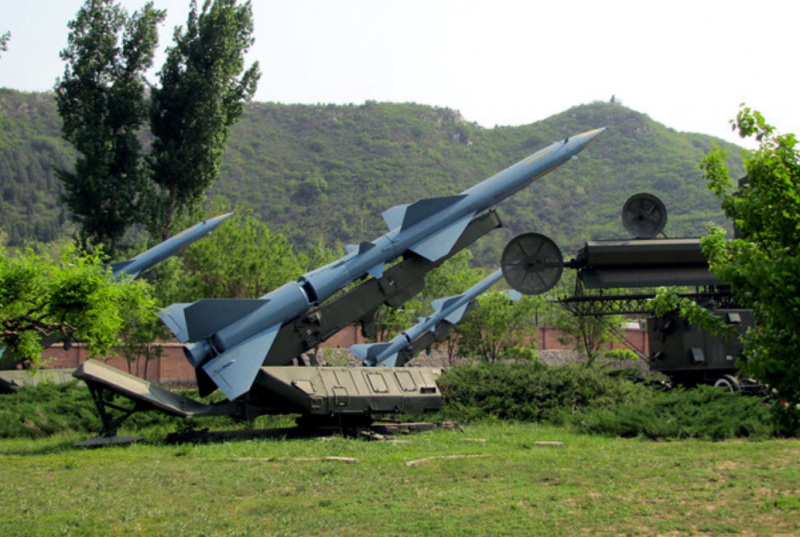
If you believe the brochures presented at the end of 80-x at international exhibitions of weapons, the probability of hitting one missile, in the absence of organized interference, for the HQ-2J SAMs 92%. The anti-aircraft missile system, thanks to the introduction of an additional target channel in the SJ-202В SNR, is capable of simultaneously firing two targets in the working sector of a guidance radar, targeting up to four missiles.
In general, the HQ-2 family of air defense systems repeated the path traveled in the USSR with a delay of 10-12 years. At the same time, the Chinese People’s Republic did not create an analogue of the Soviet B-759 (5YA23) SAMs with a range of up to 56 km and a height of 100-30 000 meters. Soviet ZUR B-2 (XNUMHD).
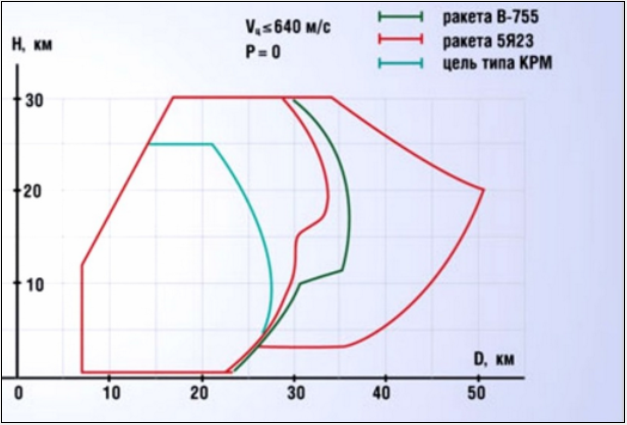
The defeat zones of the Soviet anti-aircraft missiles 20D and 5YA23, which were part of the C-75М2, С-75М3 and С-75М4 air defense missile systems
There is also no information that the Chinese specialists managed to repeat the characteristics of the noise immunity of the guidance equipment of the Volkhov C-75М3 air defense system adopted in service in the USSR in the 1975 year. At the same time, Chinese specialists were able to install television-optical sightings with the introduction of an optical tracking channel on later versions of HQ-2J, which, under the conditions of visual observation of an airborne target, conducted its tracking and firing without using radar SAM systems in the radiation mode. Also in the second half of the 80-x to protect the positions of the air defense missile system in the PLA air defense forces from anti-radar missiles appeared remote simulators, reproducing the radiation of missile guidance stations.
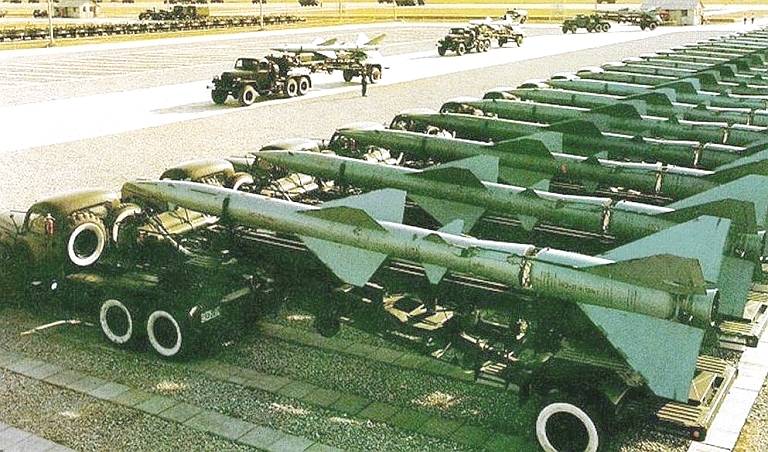
In addition, all Chinese complexes, deployed on a permanent basis around important administrative, industrial and military facilities, were placed on well-equipped stationary positions in engineering terms. According to information published in Western reference books from 1967 to 1993, more than 120 SAM systems HQ-2 of various modifications and around 5000 anti-aircraft missiles were built in the PRC. As of the middle of 90-x on the territory of the People's Republic of China, there were approximately 90 operating positions of the HQ-2 SAMs.
Satellite image of Goole Earth: an airliner flies over the position of the NQ-2 SAM system in the vicinity of the administrative center of Urumqi, in the Xinjiang Uygur Autonomous Region
About 30 anti-aircraft systems were exported to Albania, Iran, North Korea and Pakistan. According to Vietnamese sources, two divisions of the early modification of the HQ-2 as part of Chinese military assistance in the early 70s were sent to the DRV. However, after switching on, due to low noise immunity, they were quickly suppressed by electronic warfare and destroyed by the American aviation.
As new variants were put into service, the previously released complexes were being refined in the course of medium and major repairs. At the same time, in order to increase combat capabilities, a H-2 multi-function station with an antenna phased array was introduced into the composition of some HQ-200В / J SAM systems. Radar H-200 was originally developed for the KS-1A SAMs, which, in turn, was developed from the middle of the 80-s to replace the HQ-2 family of complexes. For use as part of the HQ-2В / J air defense system, the radio command guidance system of anti-aircraft missiles is being introduced into the hardware of the H-200 radar.
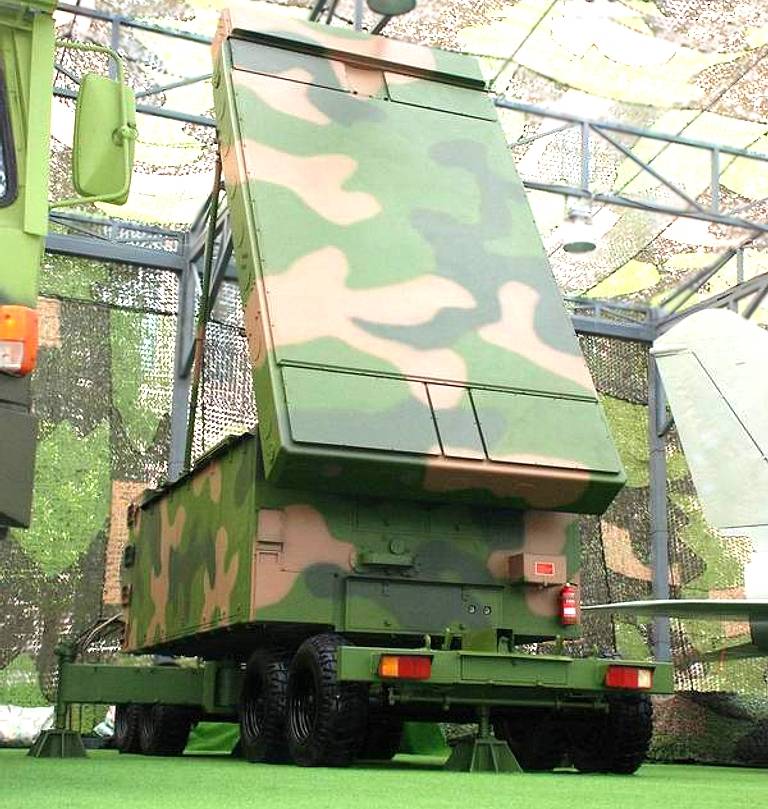
According to Western experts, the H-200 radar was created by borrowing technical solutions from the American AN / MPQ-53 radar. According to Chinese data, the H-200 radar is capable of detecting a high-altitude target with an 2 EPR at a distance of up to 120 km and accompanying it from the 85 km. With a flight altitude of 8 km, the range of steady tracking is 45 km. The station after completion of the HQ-2В / J complex can simultaneously fire three targets, directing six missiles at them. This modernization has significantly increased the combat capabilities of the rapidly growing obsolete SAMs of the first generation. Most of the HQ-2J SAMs modified for use with the H-200 radar are located in the vicinity of the Chinese capital.
In the past, more than 20 HQ-2 divisions were deployed around Beijing. The highest density of anti-aircraft positions was located from the north-western direction, on the way of the most probable breakthrough of Soviet long-range bombers. At the moment, most of the aging HQ-2 air defense systems deployed around the capital of China have been replaced by modern long-range multichannel air defense systems of Russian and Chinese production: C-300PMU1 / 2 and HQ-9.
To be continued ...
Based on:
https://infonet.vn/dien-bien-phu-tren-khong-sam3-chua-kip-tham-chien-post42787.info
http://www.ausairpower.net/APA-PLA-IADS-SAMs.html#mozTocId499312
http://simhq.com/forum/ubbthreads.php/topics/3789199/Chinese_HQ-1/2
http://www.redov.ru/transport_i_aviacija/aviacija_i_kosmonavtika_1999_03/p11.php
http://rusarm.com/files/arsenal/Arsenal-2010-2.pdf
http://missilethreat.com/defense-systems/hongqi-2-hq-2/
http://www.ausairpower.net/APA-PLA-IADS-Radars.html#mozTocId564962
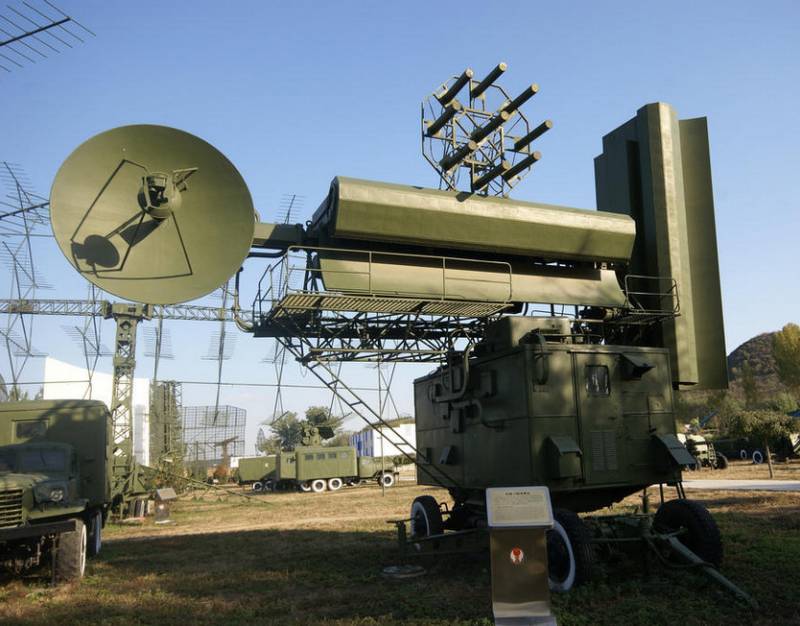
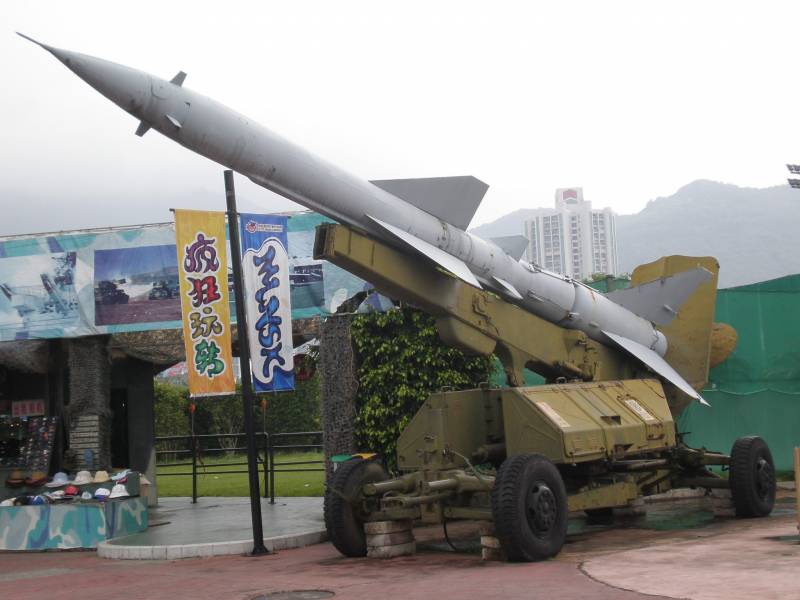
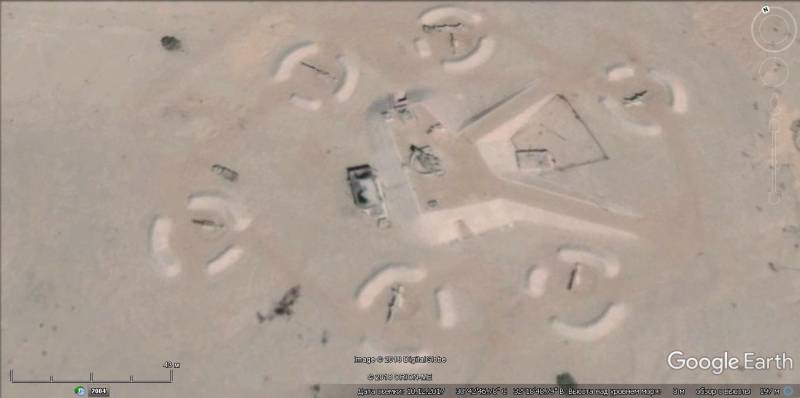
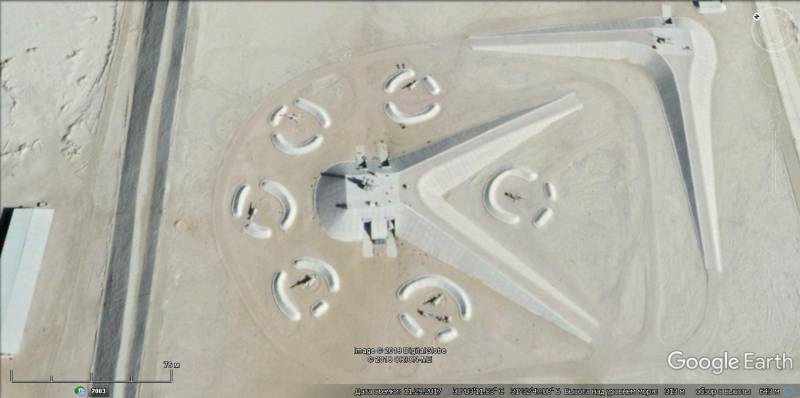
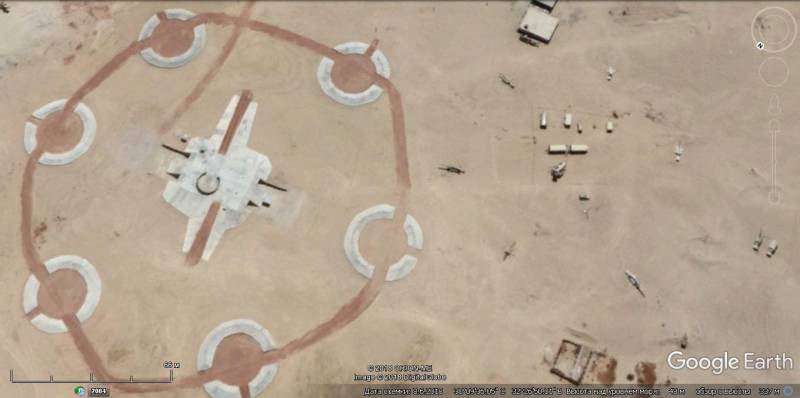
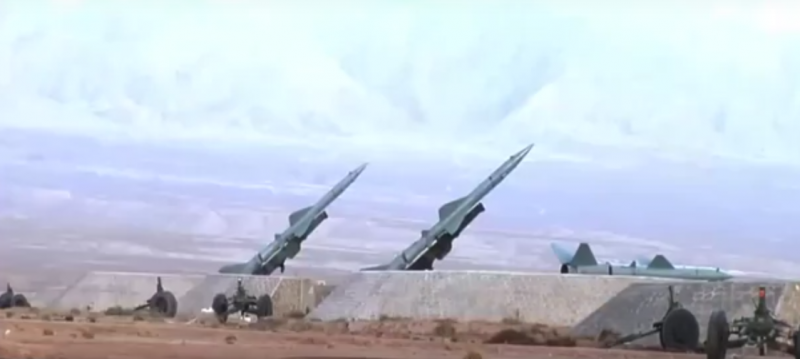
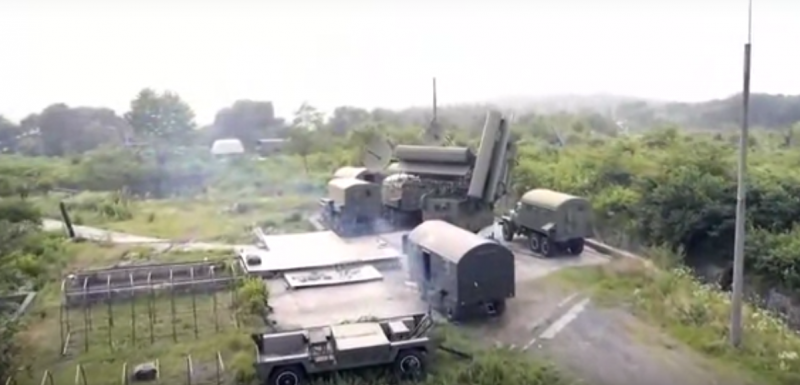
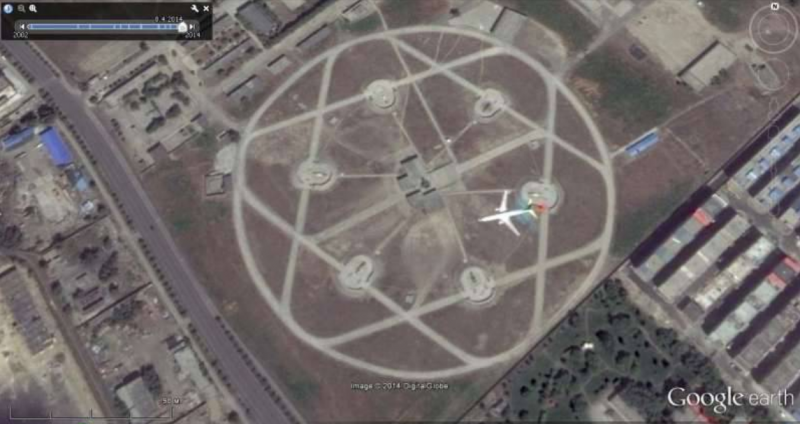
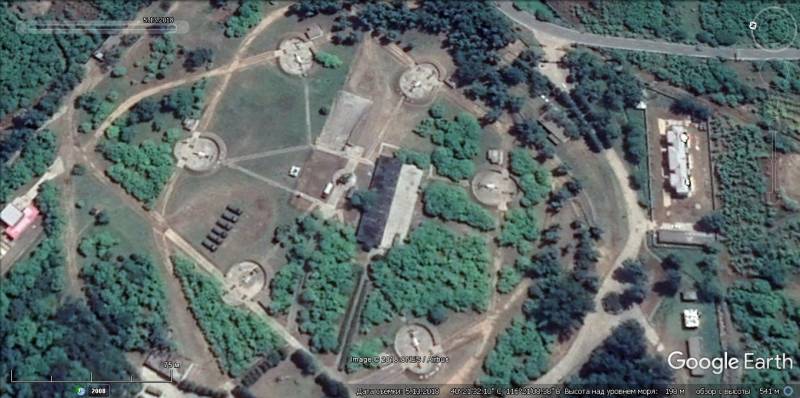
Information